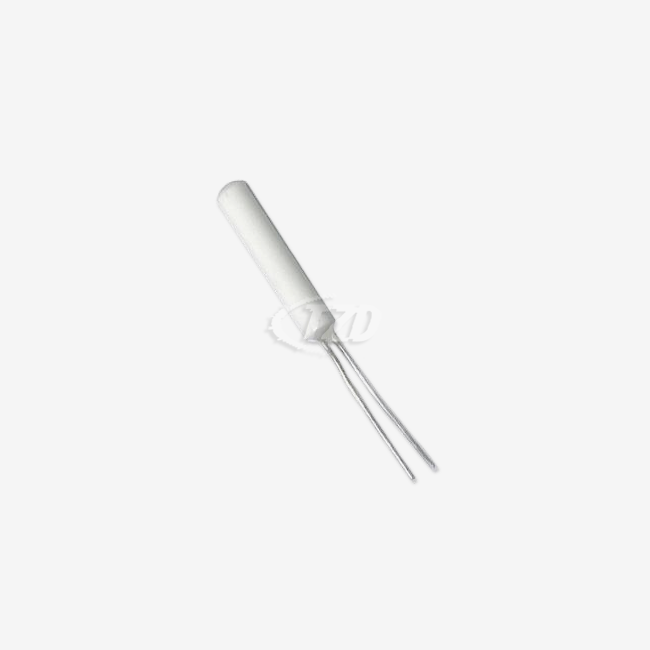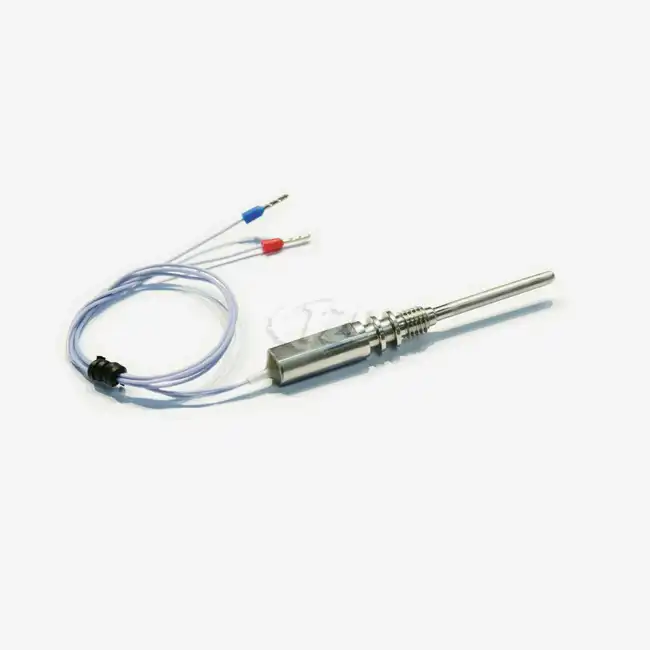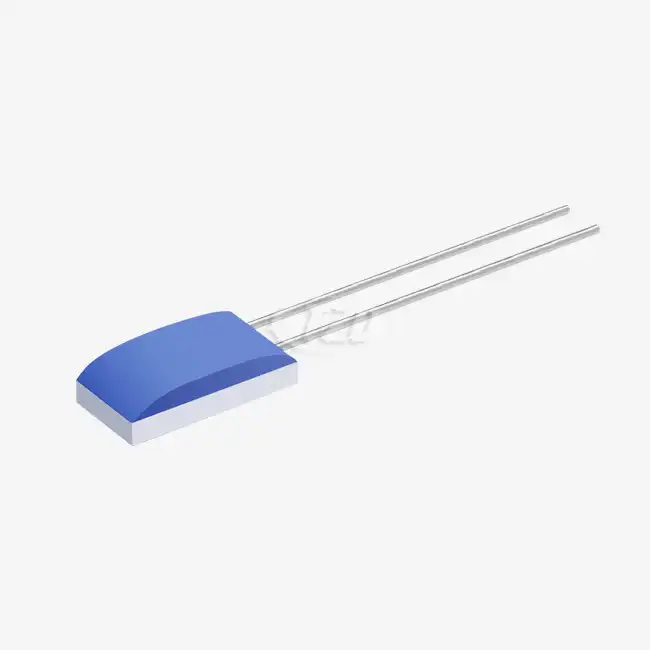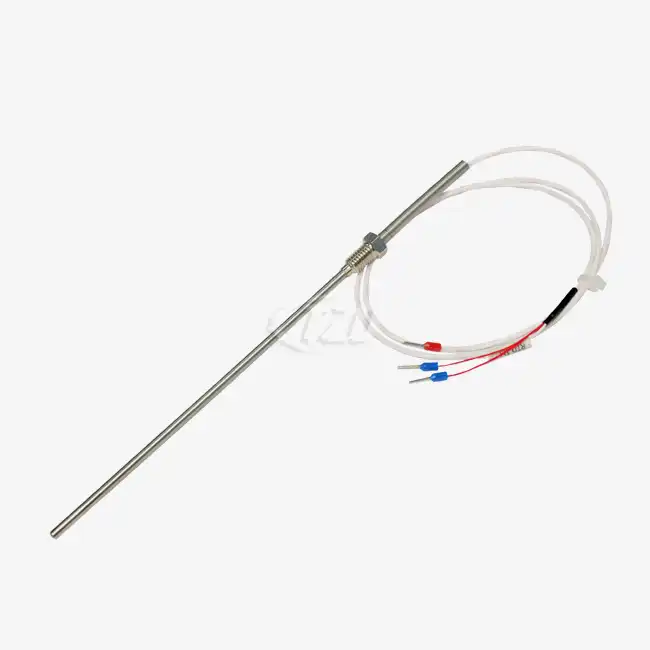- English
- French
- German
- Portuguese
- Spanish
- Russian
- Japanese
- Korean
- Arabic
- Greek
- German
- Turkish
- Italian
- Danish
- Romanian
- Indonesian
- Czech
- Afrikaans
- Swedish
- Polish
- Basque
- Catalan
- Esperanto
- Hindi
- Lao
- Albanian
- Amharic
- Armenian
- Azerbaijani
- Belarusian
- Bengali
- Bosnian
- Bulgarian
- Cebuano
- Chichewa
- Corsican
- Croatian
- Dutch
- Estonian
- Filipino
- Finnish
- Frisian
- Galician
- Georgian
- Gujarati
- Haitian
- Hausa
- Hawaiian
- Hebrew
- Hmong
- Hungarian
- Icelandic
- Igbo
- Javanese
- Kannada
- Kazakh
- Khmer
- Kurdish
- Kyrgyz
- Latin
- Latvian
- Lithuanian
- Luxembou..
- Macedonian
- Malagasy
- Malay
- Malayalam
- Maltese
- Maori
- Marathi
- Mongolian
- Burmese
- Nepali
- Norwegian
- Pashto
- Persian
- Punjabi
- Serbian
- Sesotho
- Sinhala
- Slovak
- Slovenian
- Somali
- Samoan
- Scots Gaelic
- Shona
- Sindhi
- Sundanese
- Swahili
- Tajik
- Tamil
- Telugu
- Thai
- Ukrainian
- Urdu
- Uzbek
- Vietnamese
- Welsh
- Xhosa
- Yiddish
- Yoruba
- Zulu
Top Lab-Grade Temperature Sensors for Accurate Testing
Lab grade temperature sensors are essential tools for precise thermal measurements in scientific research, industrial processes, and quality control applications. These high-precision instruments offer unparalleled accuracy, reliability, and stability across a wide range of temperatures. Among the top choices for lab-grade temperature sensors are platinum resistance thermometers (PRTs), thermocouples, and thermistors. Each type has unique advantages, with PRTs being particularly notable for their exceptional accuracy and stability. When selecting a lab-grade temperature sensor, factors such as temperature range, response time, and long-term stability should be carefully considered to ensure optimal performance in specific testing environments.
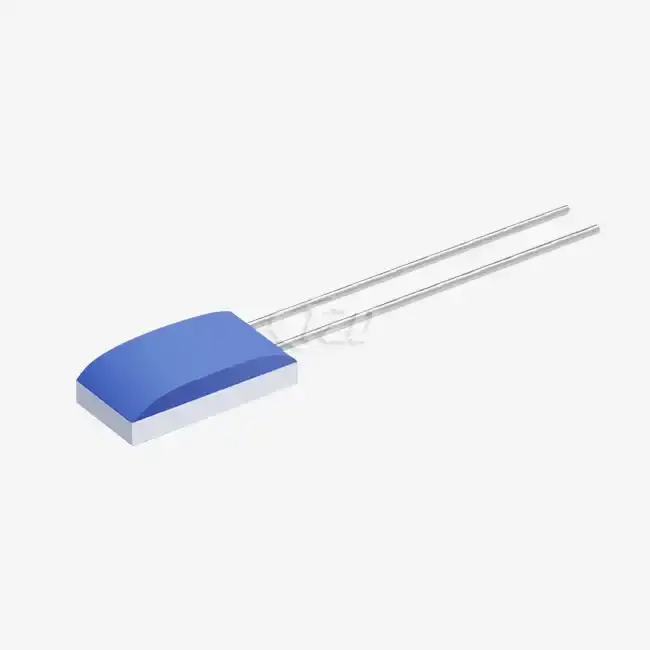
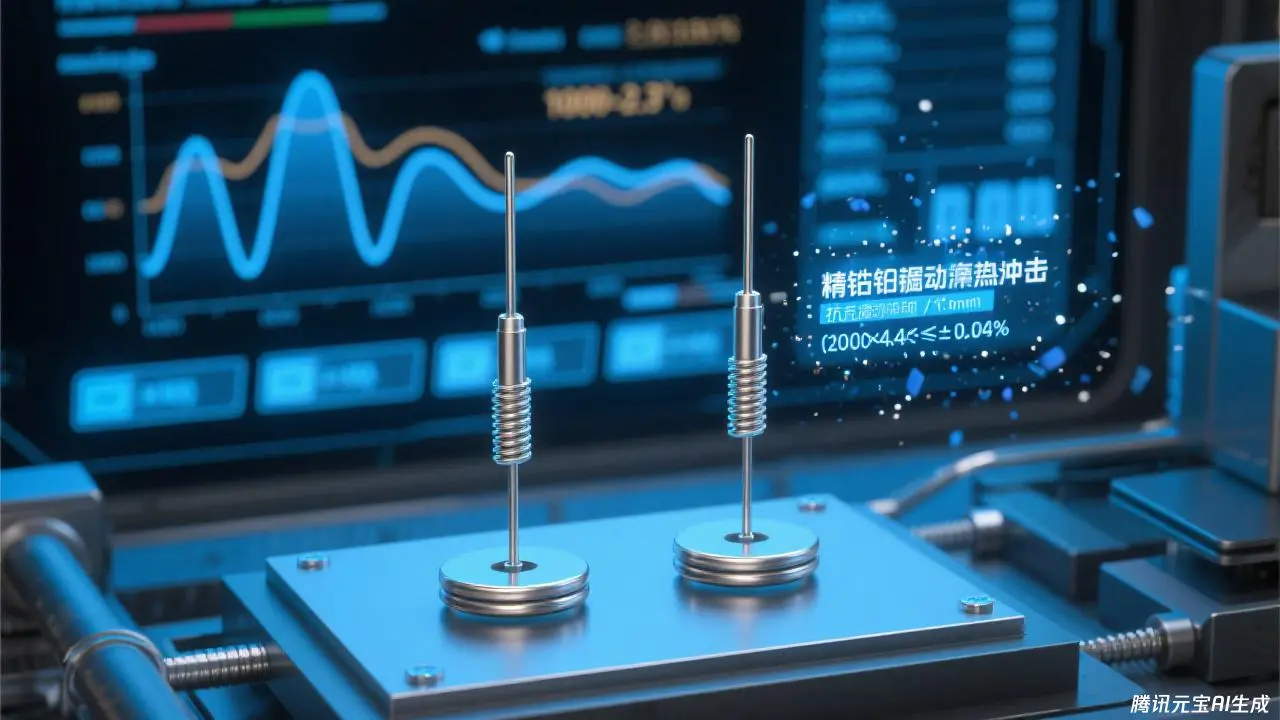
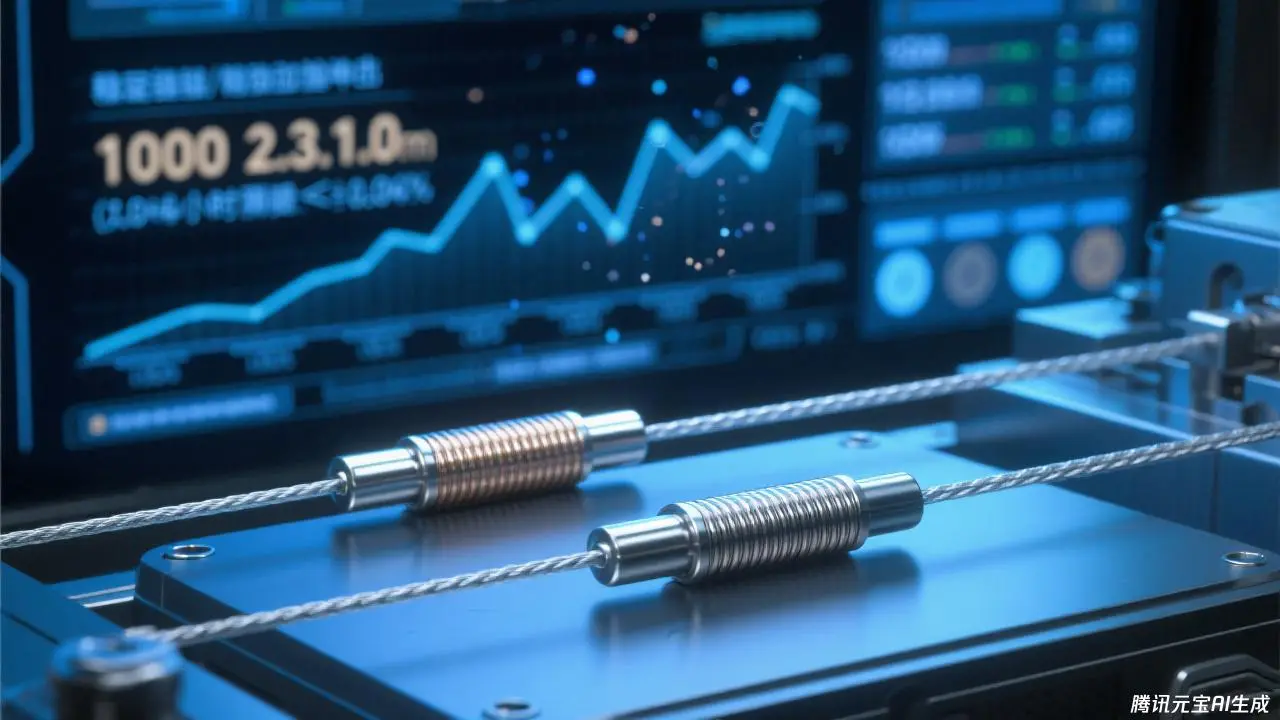
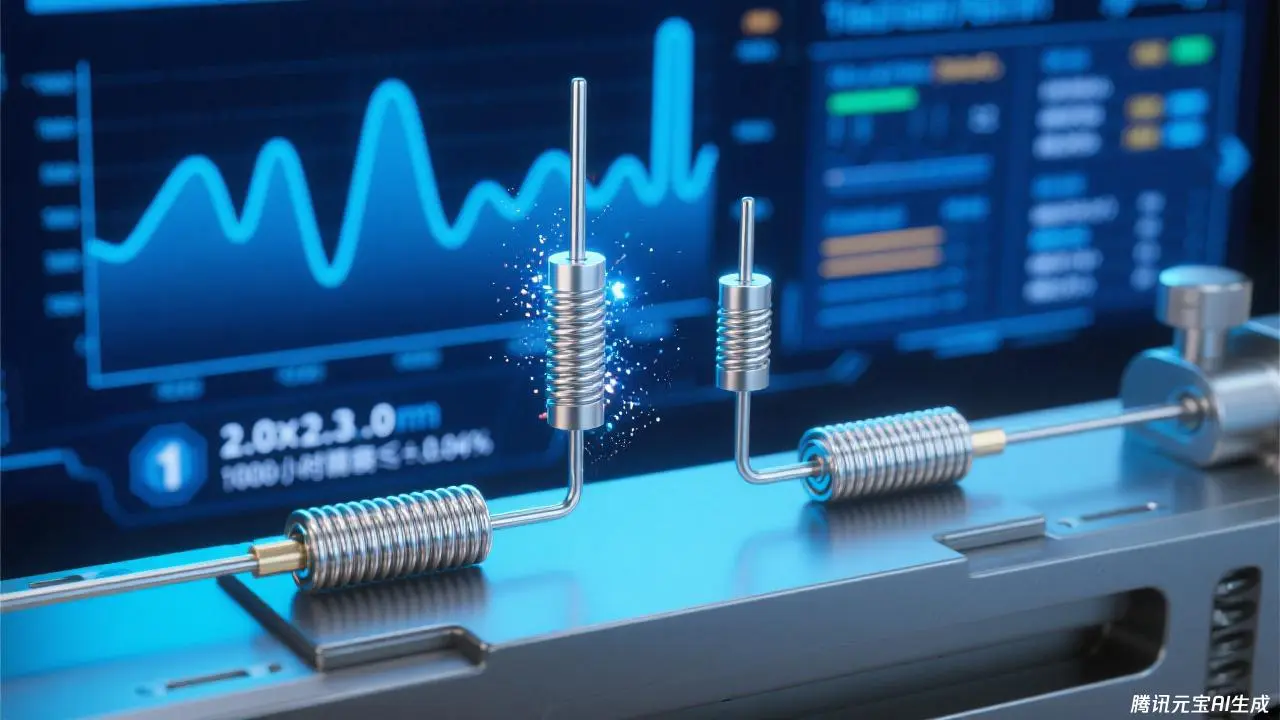
Introducing Lab-Grade Temperature Sensors
Defining Lab-Grade Temperature Sensors
Lab-grade temperature sensors are high-precision instruments designed to measure temperature with exceptional accuracy and reliability in laboratory and industrial settings. These sensors are characterized by their superior performance, consistency, and ability to maintain calibration over extended periods. Unlike consumer-grade sensors, lab-grade devices are engineered to meet stringent standards and provide the level of precision required for scientific research, process control, and quality assurance applications.
Key Features of Lab-Grade Temperature Sensors
Lab grade temperature sensors boast several distinguishing features that set them apart from standard sensors. These include:
- High accuracy: Typically within ±0.01°C to ±0.1°C
- Excellent stability: Minimal drift over time, often less than ±0.04% after 1000 hours of use at high temperatures
- Wide temperature range: Capable of measuring from -200°C to +850°C or more
- Fast response times: As quick as 0.05 seconds in certain conditions
- Robust construction: Able to withstand vibrations up to 40g and shocks up to 100g
- Compliance with international standards: Such as IEC60751 for platinum resistance thermometers
Applications of Lab-Grade Temperature Sensors
Lab-grade temperature sensors find applications across various industries and scientific disciplines. Some common uses include:
- Pharmaceutical research and drug development
- Semiconductor manufacturing and testing
- Aerospace and automotive thermal management
- Climate and environmental monitoring
- Food and beverage processing
- Calibration of other temperature measurement devices
- Materials testing and characterization
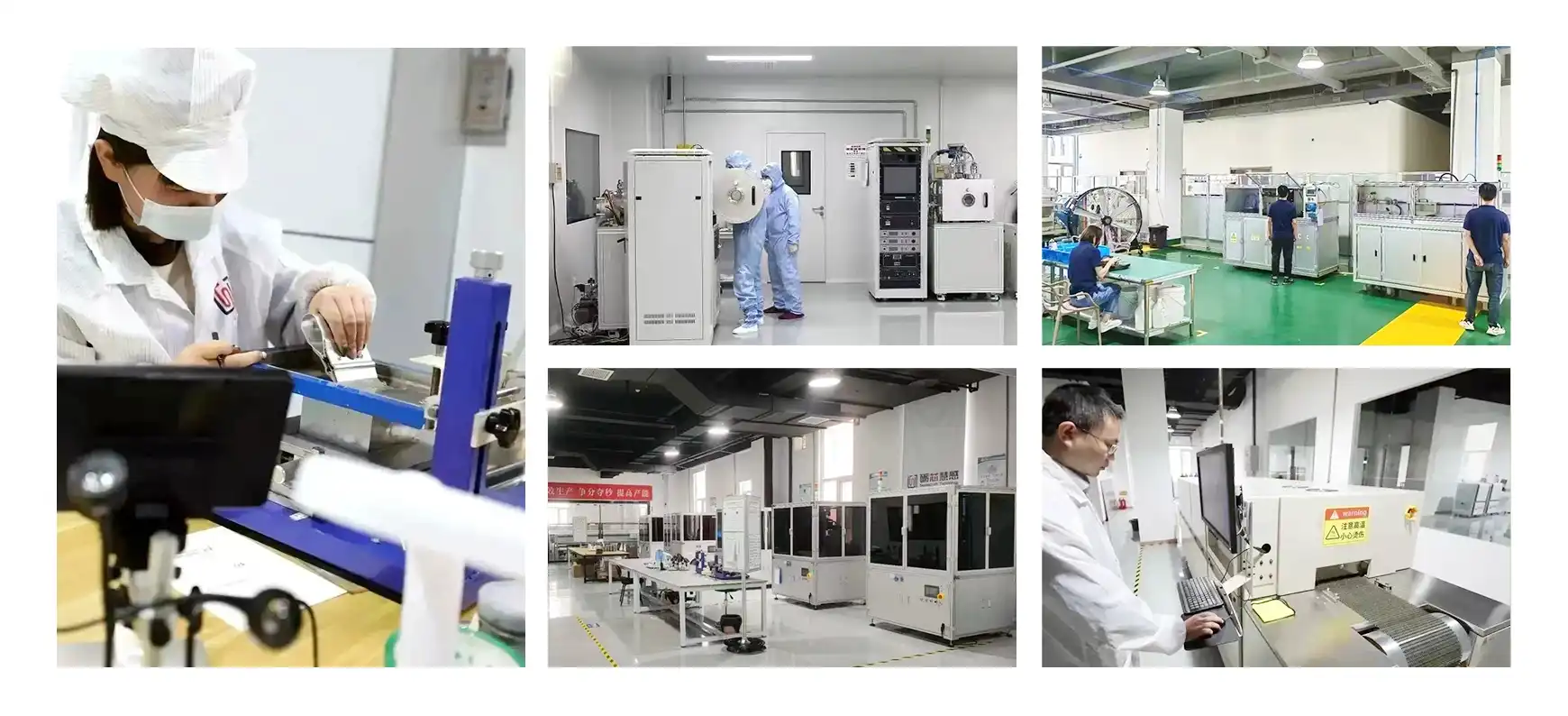
Types of Lab-Grade Temperature Sensors
Platinum Resistance Thermometers (PRTs)
Platinum Resistance Thermometers, also known as Resistance Temperature Detectors (RTDs), are among the most accurate and stable lab-grade temperature sensors available. They operate on the principle that the electrical resistance of platinum changes predictably with temperature. Key characteristics of PRTs include:
- Exceptional accuracy: Can achieve accuracies of ±0.01°C or better
- Wide temperature range: Typically from -200°C to +850°C
- High stability: Drift rates as low as ±0.04% after 1000 hours at 500°C
- Linear response: Simplifies calibration and measurement
- Standardized performance: Conformity to IEC60751 standards
Modern thin-film platinum resistance thermometers offer compact dimensions (as small as 2.0mm x 2.3mm x 1.0mm) and rapid response times. They can be customized with various lead materials, including platinum-nickel wire, silver-palladium, or pure silver, to suit specific application requirements.
Thermocouples
Thermocouples are versatile temperature sensors that operate based on the Seebeck effect, where a voltage is produced at the junction of two dissimilar metals in proportion to temperature. While generally less accurate than PRTs, thermocouples offer certain advantages:
- Extremely wide temperature range: Some types can measure from -270°C to +2300°C
- Rapid response times: Ideal for dynamic temperature measurements
- Rugged construction: Suitable for harsh environments
- No self-heating: Passive operation without current flow
- Variety of types: Different metal combinations for specific temperature ranges and accuracies
Thermistors
Thermistors are semiconductor devices whose resistance changes significantly with temperature. They offer high sensitivity but over a more limited temperature range compared to PRTs and thermocouples. Key features of thermistors include:
- High sensitivity: Capable of detecting minute temperature changes
- Fast response times: Excellent for rapid temperature fluctuations
- Compact size: Ideal for space-constrained applications
- Non-linear response: Requires careful calibration
- Limited temperature range: Typically from -55°C to +150°C
Selecting the Right Lab-Grade Temperature Sensor
Factors to Consider
Choosing the appropriate lab-grade temperature sensor requires careful consideration of several factors:
- Temperature range: Ensure the sensor can cover the full range of temperatures in your application
- Accuracy requirements: Determine the level of precision needed for your measurements
- Response time: Consider how quickly the sensor needs to react to temperature changes
- Environmental conditions: Assess factors like vibration, shock, and chemical exposure
- Long-term stability: Evaluate the sensor's drift characteristics over time
- Compatibility: Ensure the sensor integrates well with your existing equipment and data acquisition systems
- Calibration and traceability: Consider the ease and frequency of calibration required
Customization Options
Many manufacturers offer customization options for lab-grade temperature sensors to meet specific application needs. These may include:
- Custom dimensions: Tailored sensor sizes for unique installation requirements
- Lead wire specifications: Varied materials, lengths, and diameters
- Packaging options: Different encapsulation methods for environmental protection
- Temperature coefficients: Specific TCR values for improved accuracy in certain temperature ranges
- Resistance values: Custom nominal resistances to match specific measurement circuits
Maintenance and Calibration
To ensure continued accuracy and reliability, lab-grade temperature sensors require proper maintenance and periodic calibration. Best practices include:
- Regular calibration checks against certified reference standards
- Proper handling and storage to prevent physical damage or contamination
- Adherence to manufacturer-recommended operating conditions
- Documentation of sensor history, including usage and calibration records
- Implementing a calibration schedule based on usage intensity and accuracy requirements

Conclusion
Lab grade temperature sensors are indispensable tools for accurate thermal measurements in scientific and industrial applications. By understanding the types available, their key features, and selection criteria, researchers and engineers can choose the most suitable sensor for their specific needs. Whether opting for the high accuracy of platinum resistance thermometers, the wide range of thermocouples, or the sensitivity of thermistors, selecting the right lab-grade temperature sensor is crucial for obtaining reliable and precise temperature data. For expert guidance on selecting and implementing lab-grade temperature sensors for your specific application, contact our team of specialists at sales11@xatzd.com.
References
1. Baker, B. C. (2021). Selecting the Right Temperature Sensor for Laboratory Applications. Measurement and Control, 54(3-4), 113-121.
2. Chen, W., & Liang, X. (2020). Advances in High-Precision Temperature Measurement Techniques for Scientific Research. Journal of Thermal Analysis and Calorimetry, 142(1), 1-15.
3. Dunn, P. F. (2019). Fundamentals of Sensors for Engineering and Science. CRC Press.
4. McGee, T. D. (2018). Principles and Methods of Temperature Measurement. John Wiley & Sons.
5. Zhang, Y., & Wang, K. (2022). Recent Developments in Lab-Grade Temperature Sensors for Accurate Testing. Sensors and Actuators A: Physical, 333, 113231.
Learn about our latest products and discounts through SMS or email
